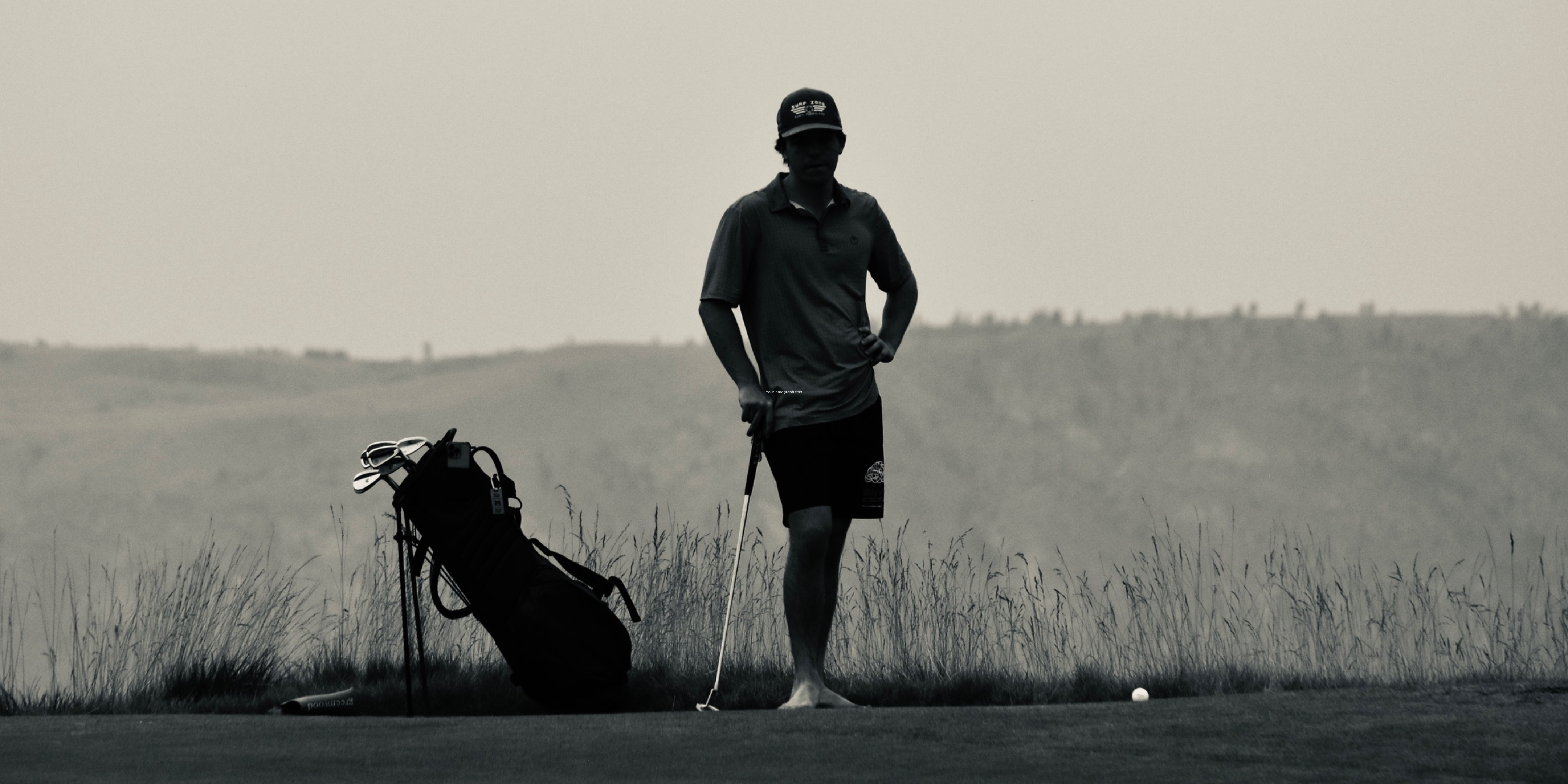Some books are written for one sport but end up shaping an entirely different one. That’s exactly what happened with The Inner Game of Tennis by W. Timothy Gallwey—a book technically about tennis but secretly one of the most important golf books ever written.
If you’ve played golf long enough, you know this game is more about what’s happening in your head than what’s happening with your swing. And that’s exactly what Gallwey figured out.
The Two Selves: The Mental Tug-of-War
At the core of The Inner Game of Tennis is Gallwey’s idea that there are two voices in your head while you play:
- Self 1: The overthinking, overanalyzing, “why can’t I just swing the club” voice.
- Self 2: The instinctive, fluid, “I’ve been playing this game my whole life” voice.
Self 1 is the one that tells you mid-backswing, “Hey, don’t forget to keep your left arm straight, rotate your hips, and—oh wait—don’t mess this up!” Meanwhile, Self 2 is just trying to play golf.
Gallwey’s whole concept is about quieting Self 1 and trusting Self 2. In other words, stop thinking so much and let your body do what it already knows how to do.
What This Means for Golfers
Golfers read The Inner Game of Tennis and instantly saw themselves in it. The constant self-judgment, the obsession with mechanics, the fear of choking under pressure—Gallwey was describing golf without even knowing it.
It didn’t take long for golfers (including pros) to start applying his methods. They started focusing less on technical thoughts and more on feel. Less on trying to control their swings and more on experiencing them.
Jack Nicklaus, Tom Watson, and even Tiger Woods have all talked about the importance of feel, trust, and getting out of their own way—ideas that are straight out of Gallwey’s playbook.
So He Wrote a Golf Version
Gallwey saw what was happening. Golfers were eating up his ideas, so he did the natural thing—he wrote The Inner Game of Golf. Same concepts, but this time for golfers, by request of golfers.
The book dials in on the same themes:
- Letting go of overanalysis
- Trusting muscle memory
- Staying present and not getting stuck on past shots
- Playing with a sense of flow rather than mechanical rigidity
It’s not about fixing your swing—it’s about fixing your mindset. And if you’ve ever felt like your best rounds happen when you’re not trying so hard, that’s the Inner Game in action.
Takeaway: Play with Trust, Not Tension
At the end of the day, golf is the ultimate Inner Game. It’s a battle between overthinking and trusting, between tension and flow. The best players in the world are the ones who’ve learned how to step out of their own way.
And the good news? You don’t need to be a tour pro to apply these ideas. Next time you tee it up, try it:
- Focus on what you want the ball to do, not how to make it happen.
- Breathe. Feel the club. Swing with freedom.
- Let Self 2 take over.
The less you try to control everything, the better your golf will be. That’s the Inner Game, and it’s as true today as it was when Gallwey first wrote about it.




Leave a comment
This site is protected by hCaptcha and the hCaptcha Privacy Policy and Terms of Service apply.